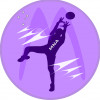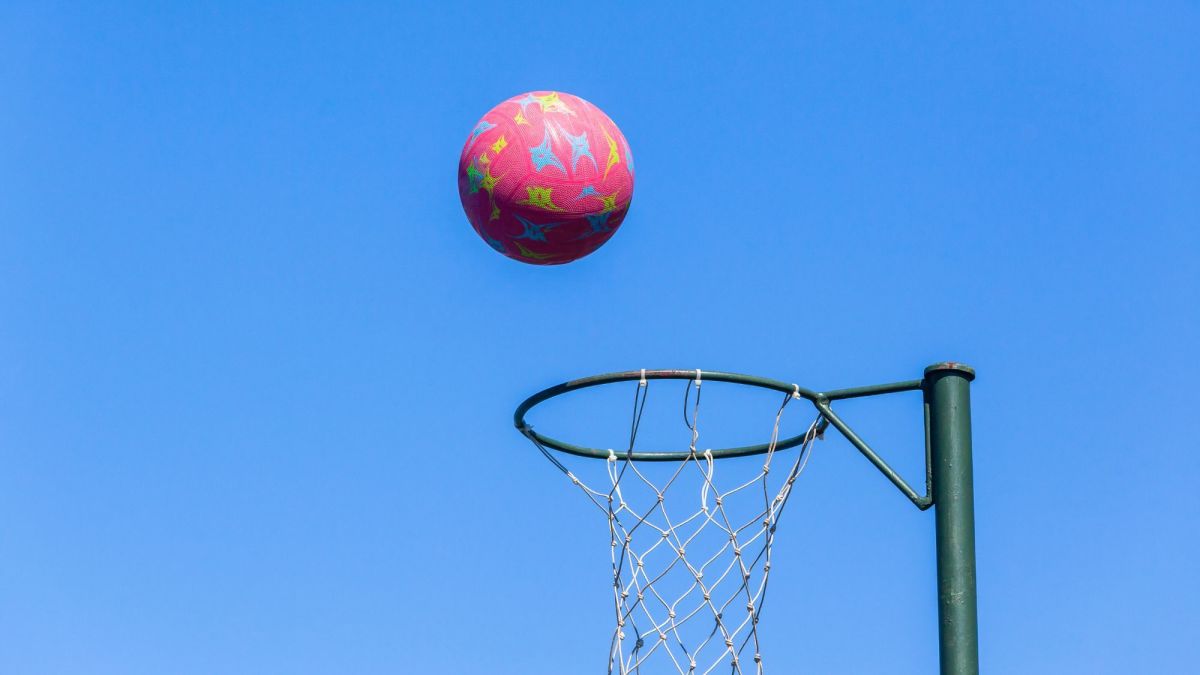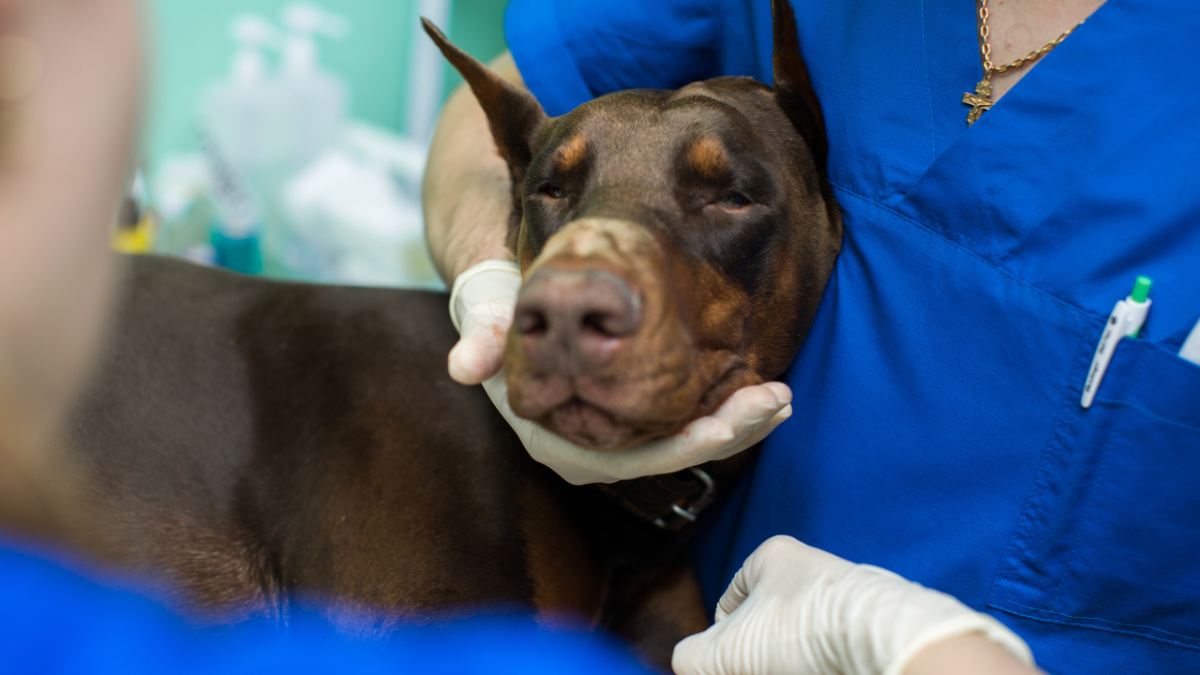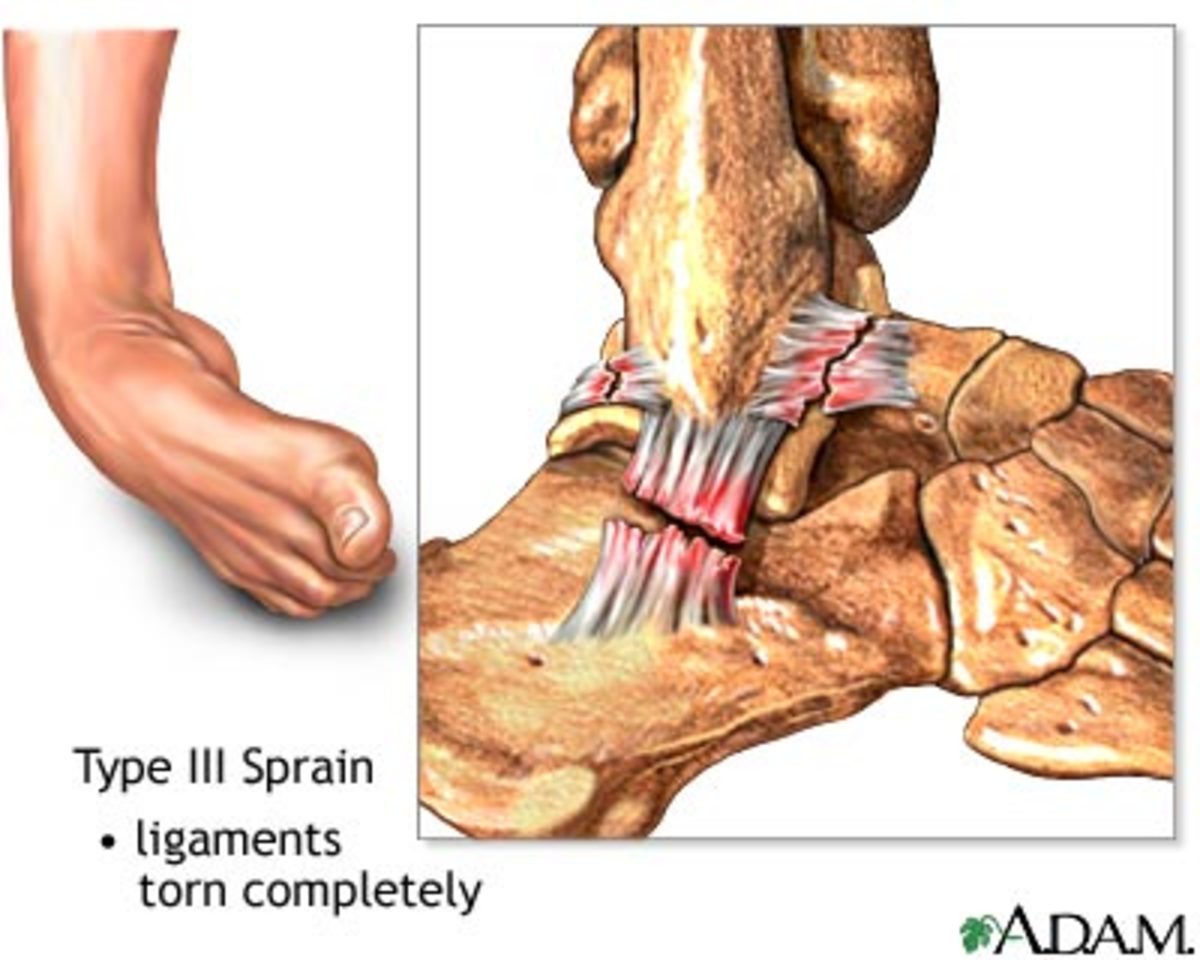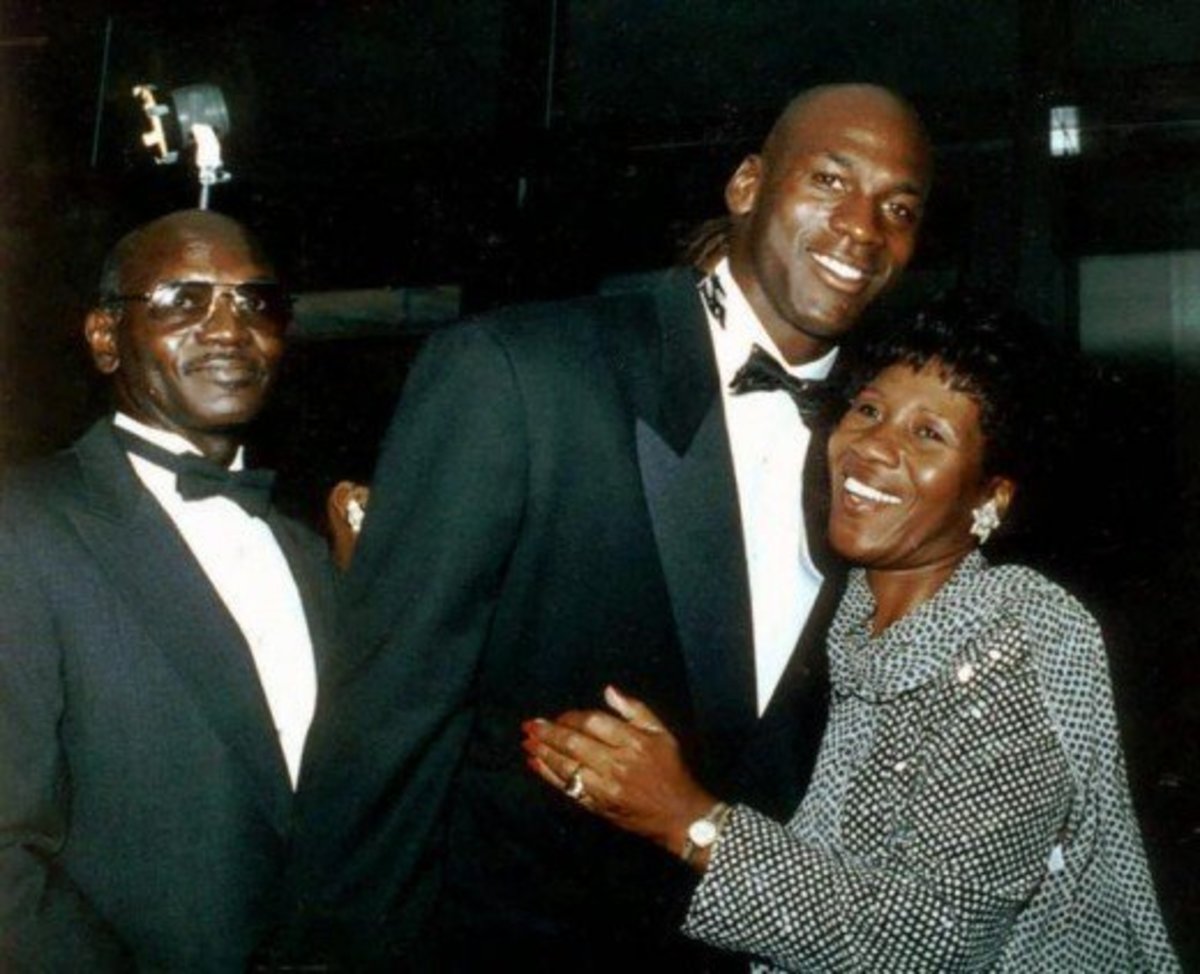Common Netball Injuries and How To Avoid Them
Netball is a high-intensity sport that involves a lot of running, jumping, and quick movements, which can increase the risk of certain types of injuries. Here are the ten most common injuries in netball:
-
Ankle sprains are a common injury in netball, often occurring when the foot is turned or twisted in an unnatural position.
-
Knee injuries: Netball players are at risk of knee injuries such as ligament tears, particularly when landing from jumps or making quick changes in direction.
-
Groin strains can occur when the muscles in the inner thigh are stretched or torn, often as a result of quick movements or changes in direction.
-
Hamstring strains occur when the muscles in the back of the thigh are stretched or torn.
-
Fractures: Netball players can suffer fractures, particularly in the wrist or ankle, due to falls or collisions.
-
Concussions: Head injuries, such as concussions, can occur in netball as a result of contact with another player or the ball.
-
Shoulder injuries such as dislocated shoulders or rotator cuff strains, due to the overhead throwing and catching required in the sport.
-
Overuse injuries such as stress fractures or tendonitis, due to the high demands of the sport on the body.
-
Heat illness such as heat stroke or heat exhaustion, due to the physical demands of the sport and the potential for hot weather during games.
-
Wrist injuries such as sprains or fractures, due to the high volume of ball handling and catching required in the sport.
It's important for netball players to take proper care of their bodies and seek medical attention if they experience any injuries during games or practices.
Ankle Sprains
Ankle sprains are a common injury in netball, often occurring when the foot is turned or twisted in an unnatural position. This can happen when landing from a jump, making a quick change in direction, or stepping on an uneven surface.
Symptoms of an ankle sprain include pain, swelling, stiffness, and difficulty bearing weight on the affected ankle. In severe cases, there may also be bruising, instability, or difficulty moving the ankle.
Treatment for an ankle sprain typically involves the use of the RICE method: rest, ice, compression, and elevation. This involves taking a break from physical activity, applying ice to the affected area to reduce swelling, wrapping the ankle with an elastic bandage to provide support and compression, and elevating the ankle above the level of the heart to reduce swelling. Over-the-counter pain medication can also be taken to help manage pain.
In some cases, physiotherapy or other rehabilitation exercises may be recommended to help strengthen the muscles and ligaments in the ankle and improve range of motion. It's important to seek medical attention if you suspect you have suffered an ankle sprain, as untreated or improperly treated sprains can lead to long-term problems such as instability or chronic pain.
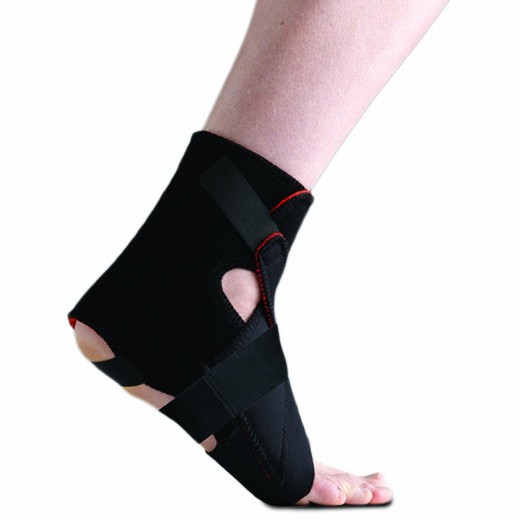
Knee Injuries
Knee injuries are common in netball and can occur as a result of falls, collisions, or quick changes in direction. Ligament tears are a particularly common type of knee injury in netball.
There are several ligaments in the knee that can be injured, including the anterior cruciate ligament (ACL), the posterior cruciate ligament (PCL), the medial collateral ligament (MCL), and the lateral collateral ligament (LCL). These ligaments help to stabilize the knee joint and allow for normal movement.
Symptoms of a knee ligament injury may include pain, swelling, stiffness, instability, and difficulty bearing weight on the affected leg. In severe cases, there may also be bruising, a popping sound or sensation at the time of injury, or difficulty moving the knee.
-
Ligament tears: As mentioned, ligament tears are a common type of knee injury in netball. These can range from minor sprains to complete tears, which may require surgery to repair. Ligament tears can occur when the knee is subjected to sudden, excessive force, such as when landing from a jump or making a quick change in direction.
-
Meniscal tears: The meniscus is a type of cartilage in the knee that helps to cushion and stabilize the joint. Meniscal tears can occur due to trauma or overuse, and may cause pain, swelling, stiffness, and difficulty moving the knee.
-
Patellar tendinitis: Patellar tendinitis, also known as "jumper's knee," is a type of overuse injury that affects the tendon connecting the kneecap to the shinbone. It can cause pain and swelling in the front of the knee, particularly when jumping or running.
-
Fractures: Netball players may also suffer fractures in the knee, such as fractures of the kneecap or the bones of the lower leg. These injuries can occur due to falls or collisions.
-
Dislocations: Dislocations of the knee joint, while rare, can also occur in netball. These injuries may cause severe pain, swelling, and difficulty moving the knee.
It's important for netball players to seek medical attention if they experience any type of knee injury, as proper treatment can help to prevent long-term problems such as instability or chronic pain. Treatment may include the use of the RICE method, physiotherapy, or surgery, depending on the severity of the injury.
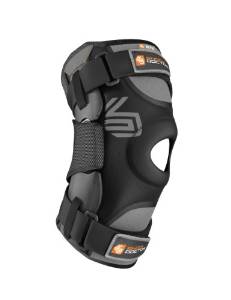
Groin Strains
-
Causes: Groin strains often occur as a result of quick movements or changes in direction, such as when running or jumping. They may also occur due to overuse or muscle imbalances.
-
Symptoms: Symptoms of a groin strain may include pain, swelling, stiffness, and difficulty moving the affected leg. In severe cases, there may also be bruising, weakness, or instability in the hip joint.
-
Treatment: Treatment for a groin strain typically involves taking a break from physical activity to allow the muscles to heal. Applying ice to the affected area can also help to reduce swelling. Physical therapy or other rehabilitation exercises may be recommended to help strengthen the muscles and improve range of motion.
-
Prevention: To help prevent groin strains, it's important to warm up properly before playing netball and to stretch regularly. Wearing proper shoes and practicing good technique can also help to reduce the risk of injury.
It's important to seek medical attention if you suspect you have suffered a groin strain, as untreated or improperly treated strains can lead to long-term problems such as instability or chronic pain.
Deep Thigh Injuries
Thigh injuries in netball are as a result of trauma which can be long term or sudden. The long term trauma happens over a period of time and can take time to heal due to scar tissues. Sudden trauma to the thighs requires immediate first aid as well an adequate amount resting.
When such injuries occur, first aid can make a big difference to how fast you will recover. Immediately after a serious trauma to the thigh, the most effective first measure is the RICE technique. The acronym stands for Rest, Ice, Compression and Elevation.
Compression sleeves are effective in keeping your thighs warm and firm as you recover from your netball injury. There are a large variety of compression sleeves available that are good for all ages and fitness levels. Take for example the Thermoskin thigh compression sleeve – it is an affordable product that helps you move around as you recover.
